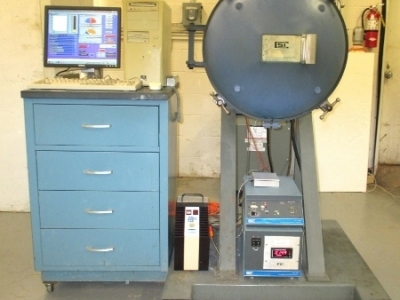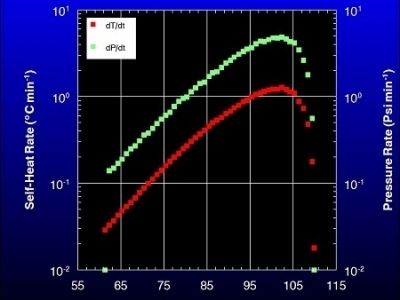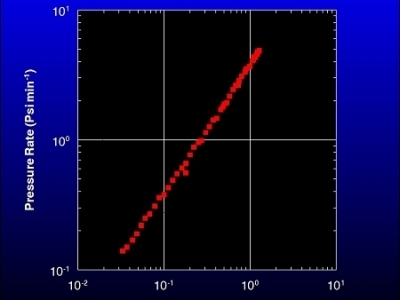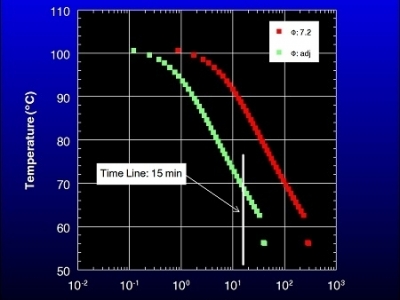Accelerating Rate Calorimeter

Accelerating Rate Calorimeter
The Accelerating Rate Calorimeter is used for reactor and pilot plant safety analysis; it determines the time, temperature, and pressure relationships for exothermic reactions under adiabatic conditions. Thermal and pressure hazard parameters include onset temperature, adiabatic temperature rise, heat and pressure generation rates, and time to maximum rate.
Deviations from 100% adiabaticity may be corrected for thermal inertia. For a well-characterized reactions, self-heat rate and pressure rates corrected for thermal inertia may be utilized to determine the Self-Accelerating Decomposition Temperature (SADT) and Self-Accelerating Polymerization Temperature (SAPT) required for compliance with United Nations shipping regulations. Results determined for UN approved 25 kg packages are in good agreement with results evaluated from the UN Test Series H1-H4 described in Parts 2 and 3 of the United Nations Recommendations on the Transport of Dangerous Goods, Model Regulations.

Self-Heat and Pressure Rate
Typical self-heat and pressure rate data for an exothermic reaction. Graphic shows data for a solution of 2,2′-azobisisobutyronitrile (AIBN). Data may be corrected for deviations from 100% adiabaticty with a thermal inertia factor.

Pressure Rate vs. Self-Heat Rate
The linear relation between the self-heat and pressure rate is an indication of the reaction stoichiometry.

Time to Maximum Rate
Time to maximum rate (TMR) corrected for thermal inertia may be used to determine the critical temperature for first-order reactions. The graphic shows the time line for a 100-mL Dewar flask. Intersection of the time line with the corrected TMR defines the critical temperature.
